In addition to its ROG announcements, ASUS is renewing its Zenbook, Vivobook, ProArt and TUF laptop ranges at CES 2023. There are many new features, but here are the models that caught our attention the most.
Power, improved image quality thanks to the ever more systematic use of OLED technology and even a little 3D to make an even better impression. On the occasion of CES 2023, ASUS draws the big game, even if it means getting lost in the myriad of new features announced in terms of laptops. Here are the models that probably deserve our attention the most at this inevitably very busy start to the year.
What’s new in the Zenbook range?
Overall, ASUS continues to focus a growing share of its high-end offering on creative users, and this is reflected in the new Zenbook Pro available in 14 and 16-inch versions. The larger of the two models incorporates the double-hinged chassis used by ASUS for a few years now. The latter makes it possible in this case to raise the entire keyboard part when the screen is unfolded in order to improve the circulation of air and the working position for the user.
In detail, this model is able to dissipate up to 155 W thanks to this system, its vapor chamber and the replacement of thermal paste with liquid metal (which has already been found for a long time on the ROG range and some other products). It will take no less to effectively cool the Intel processor of 13e generation and the RTX 4000 (with NVIDIA Studio drivers) installed on the motherboard of this Zenbook Pro 16X.
For the rest, the device relies on a relatively thin chassis given the on-board components: only 16.9 mm. It will be able to rely on a maximum of 32 GB of RAM (LPDDR5X), and on a 16-inch OLED 3.2K and 120 Hz touch screen fully covering the DCI-P3 spectrum. Finally, there is the ASUS Dial wheel to save time on certain compatible creative software.
© ASUS
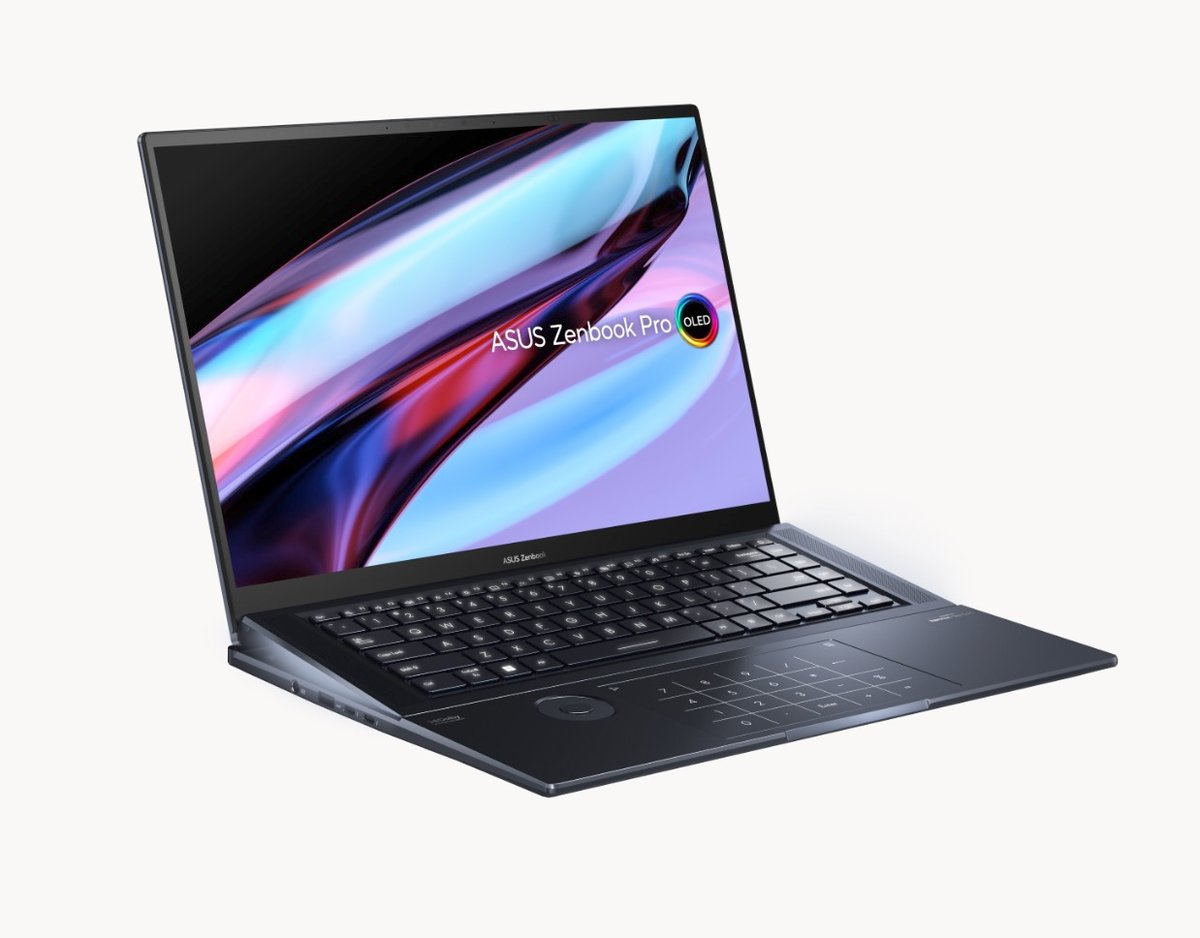
A little more accessible, the ZenBook 14X OLED partly takes over the chassis of the ZenBook 14 OLED that we tested a few months ago on Clubic. The device does not exceed 16.9 mm thick, either, for 1.5 kg on the scale. However, it embeds everything you need to be very versatile in a mobile situation by combining Intel Core processors of 13e generation “H”, up to 32 GB of RAM and an RTX 3050 (optional). There is also a 14.5-inch OLED 120 Hz touch panel with 3.8K definition and 100% DCI-P3 coverage. Finally, the assembly is powered by a 70 Wh battery, the capacities of which should not, however, be overestimated given the on-board configuration.
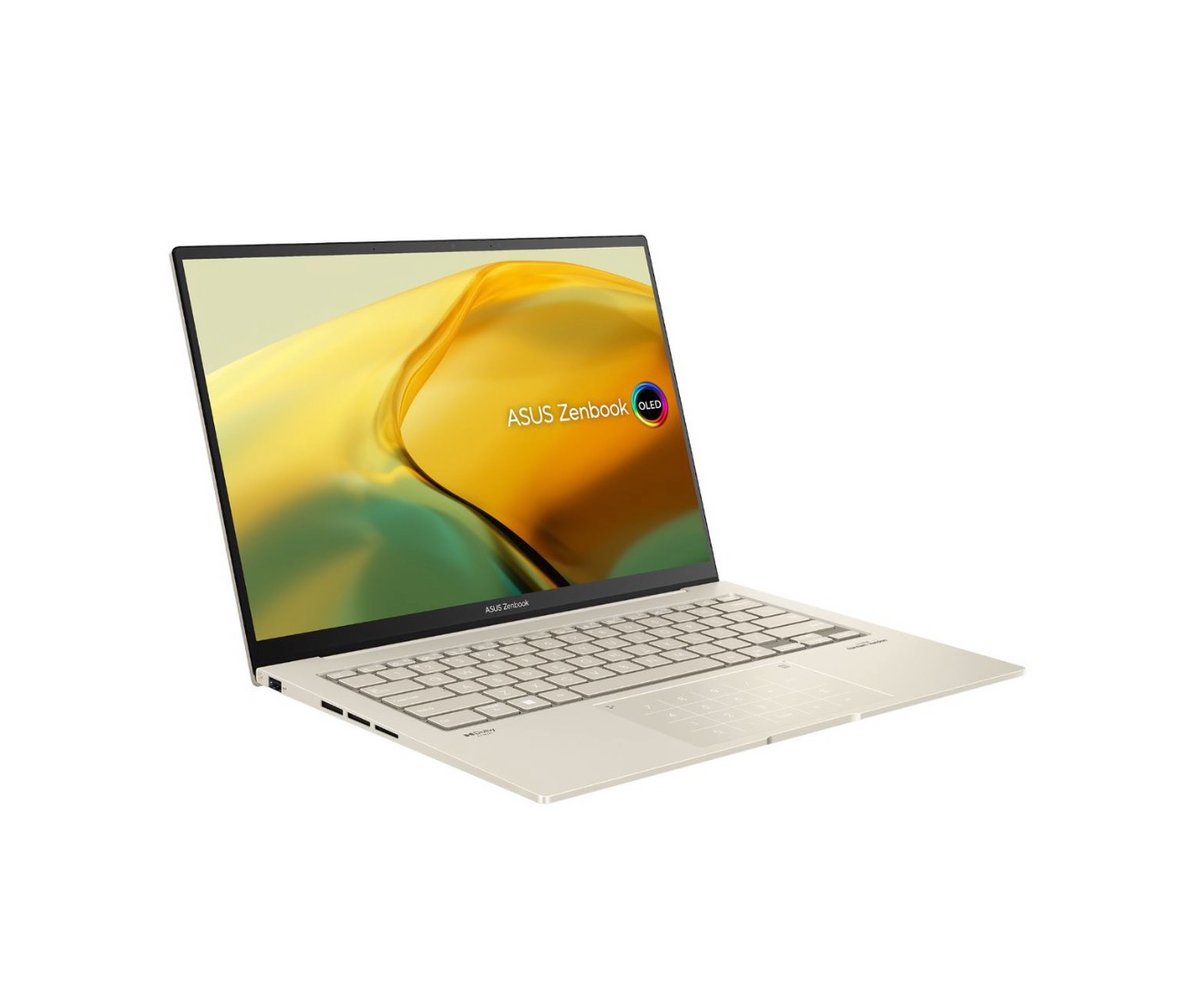
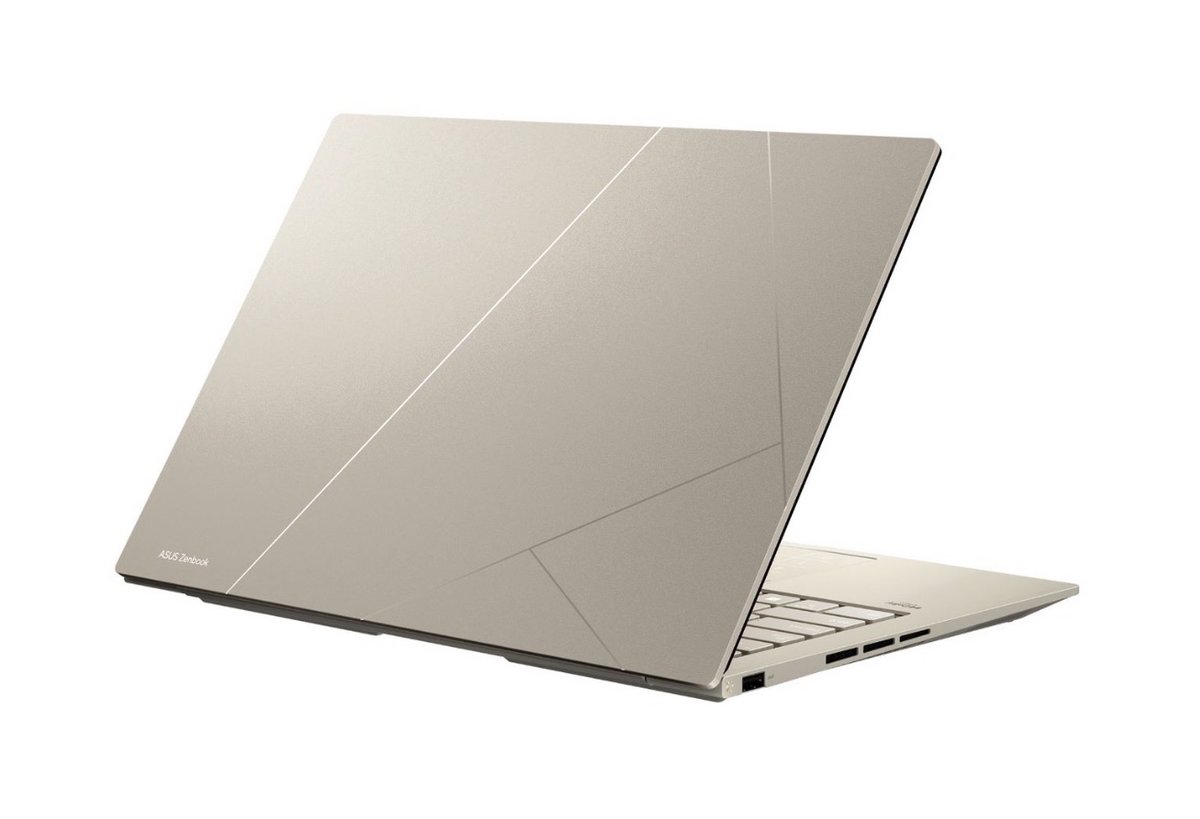
© ASUS
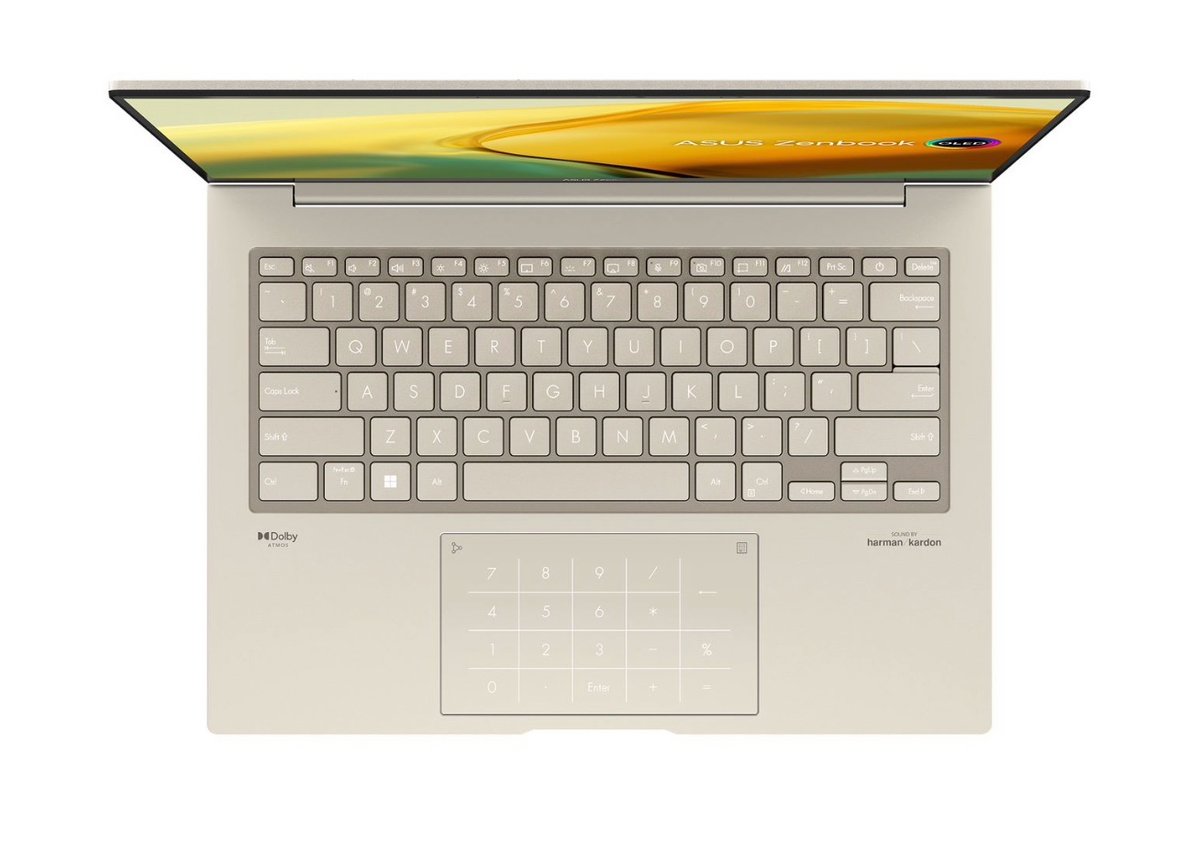
Lighter and more playful, the Zenbook 14 Flip OLED is, for its part, a reversible device of 14 inches measuring 15.9 mm thick and 1.5 kg. The device also relies on latest generation Intel chips, but of the “P” series, which are a little less efficient and more energy efficient. There will be up to 16 GB of LPDDR5 and a 75 Wh battery. This model relies on a 2.8K and 90 Hz OLED touch screen capable of tilting 360 degrees around the keyboard to be used as a tablet. No dedicated graphics card here, but the promise of a product that is probably more durable than its two cousins mentioned above.
The Zenbook Pro 16X will hit the market in the third quarter of 2023, starting at 4,999 euros. Count 1,799 euros in starting price for the ZenBook 14X OLED which will arrive for its part in the second quarter. As of now, the Zenbook 14 Flip OLED doesn’t yet have a price or launch date.
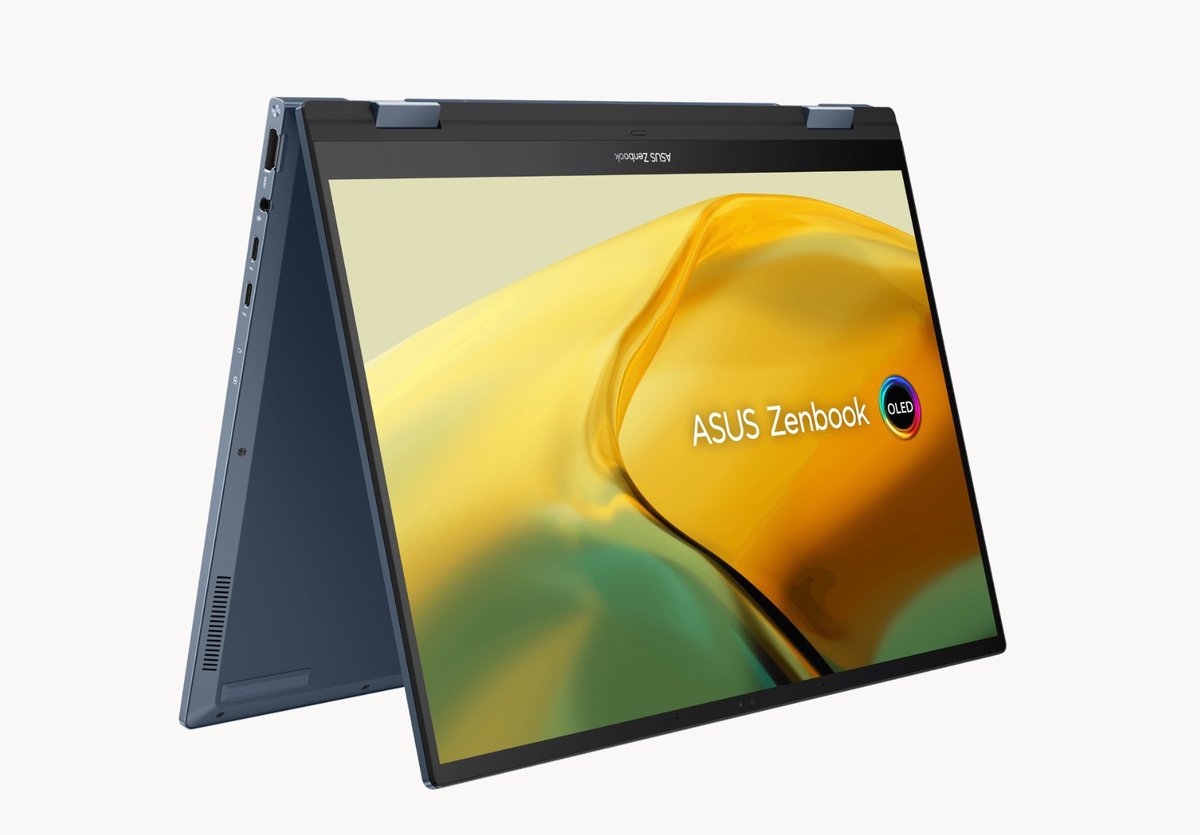
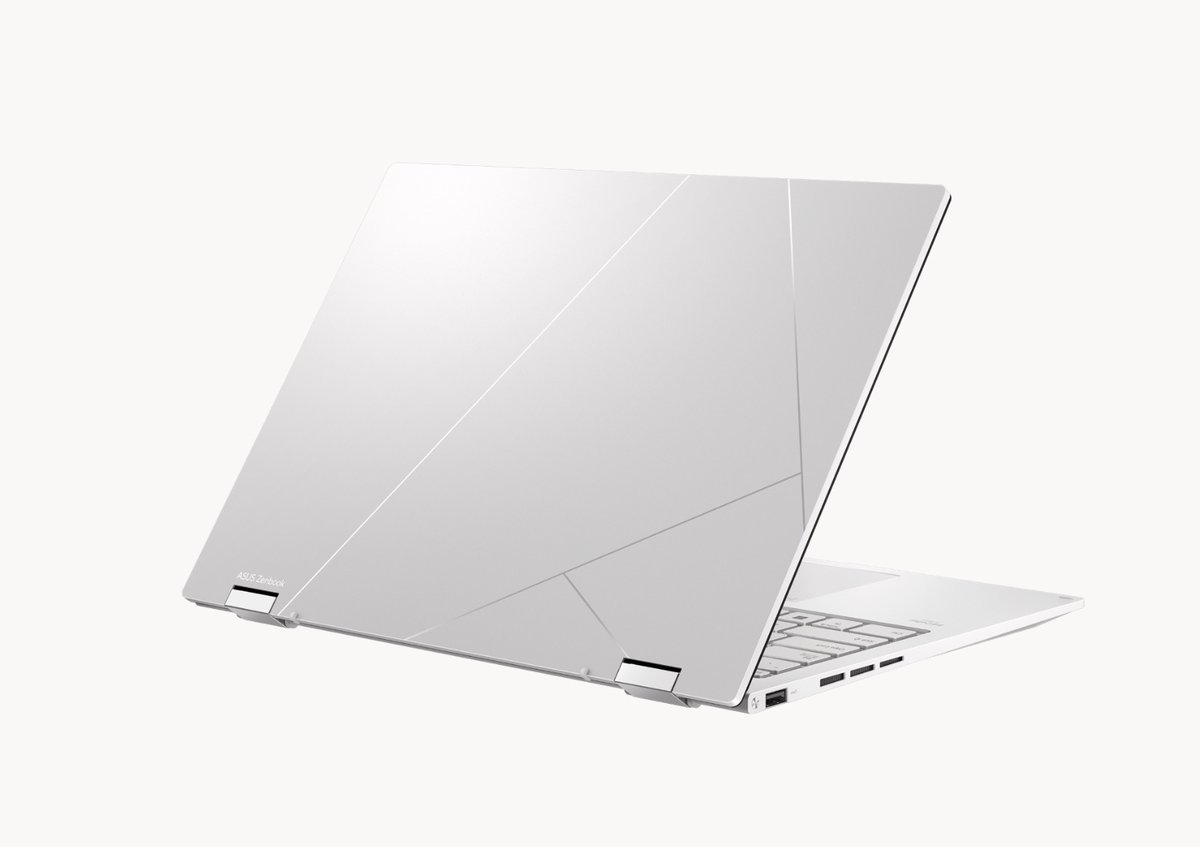
© ASUS
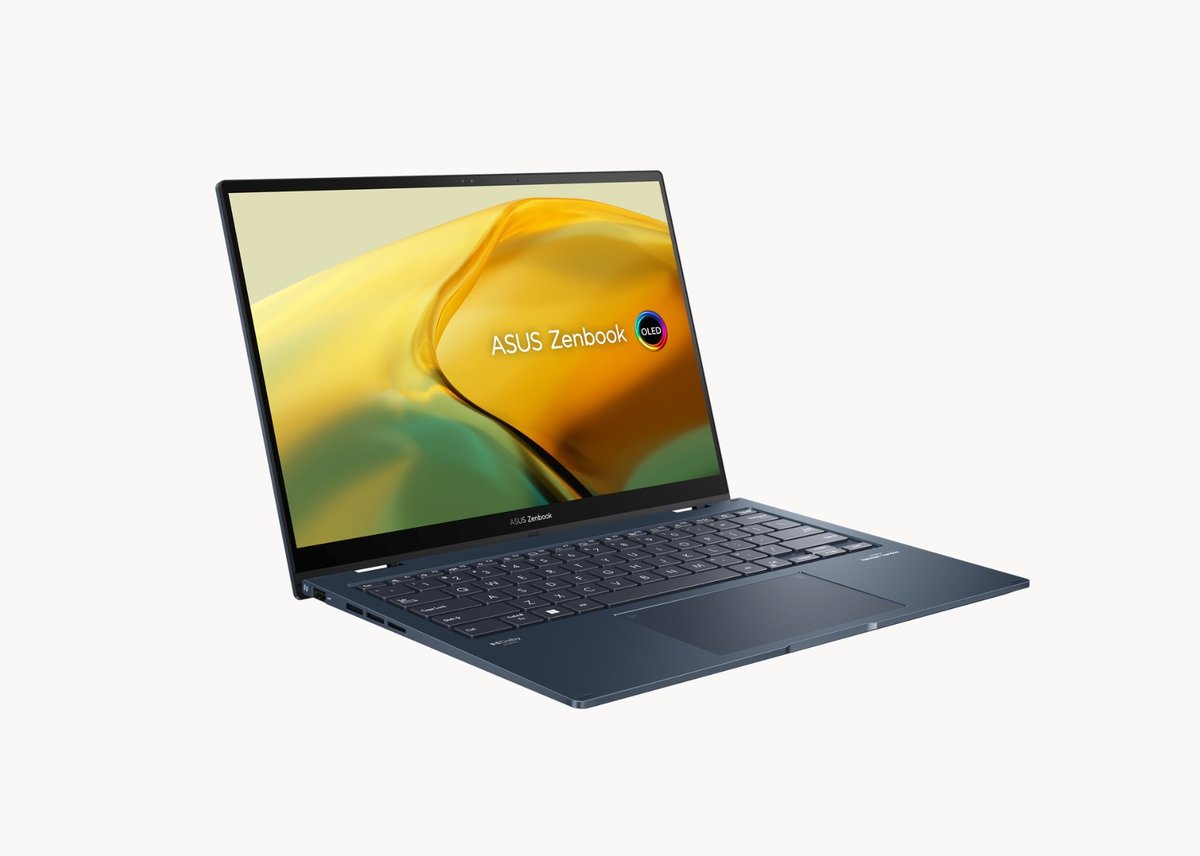
ASUS installs 3D screens on its creative laptops
Failing to be a first on the market (Acer had launched some in 2021 under the ConceptD range), 3D screens without glasses are gaining certain creative models from ASUS. Two devices are equipped with these rather special panels this year: the Vivobook Pro 16X 3D OLED and the ProArt StudioBook 16 3D OLED.
The first is aimed at creative people looking above all for versatility. There is up to a Core i9-13980HX, an RTX 4070 (with NVIDIA Studio drivers) and a maximum of 64 GB of DDR5, all in a 21.9 mm thick chassis for 1.9 kg. On the screen side, the Vivobook Pro 16X 3D OLED relies on a 16-inch 3.2K and 120 Hz OLED panel. The latter covers 100% of the DCI-P3 spectrum, is limited to a response time of 0.2 ms and benefits from a delta E of less than 2, but also from a maximum luminance of 600 nits.
Its main feature, however, is to allow a 3D display without glasses, with a technology quite similar to what was once found on Nintendo 3DS… with fortunately much higher image quality. The idea, for example, is to allow creators to view natively, in 3D, virtual objects shaped on certain software, such as Blender. Gadget or real added value? This will surely depend on the users in question.

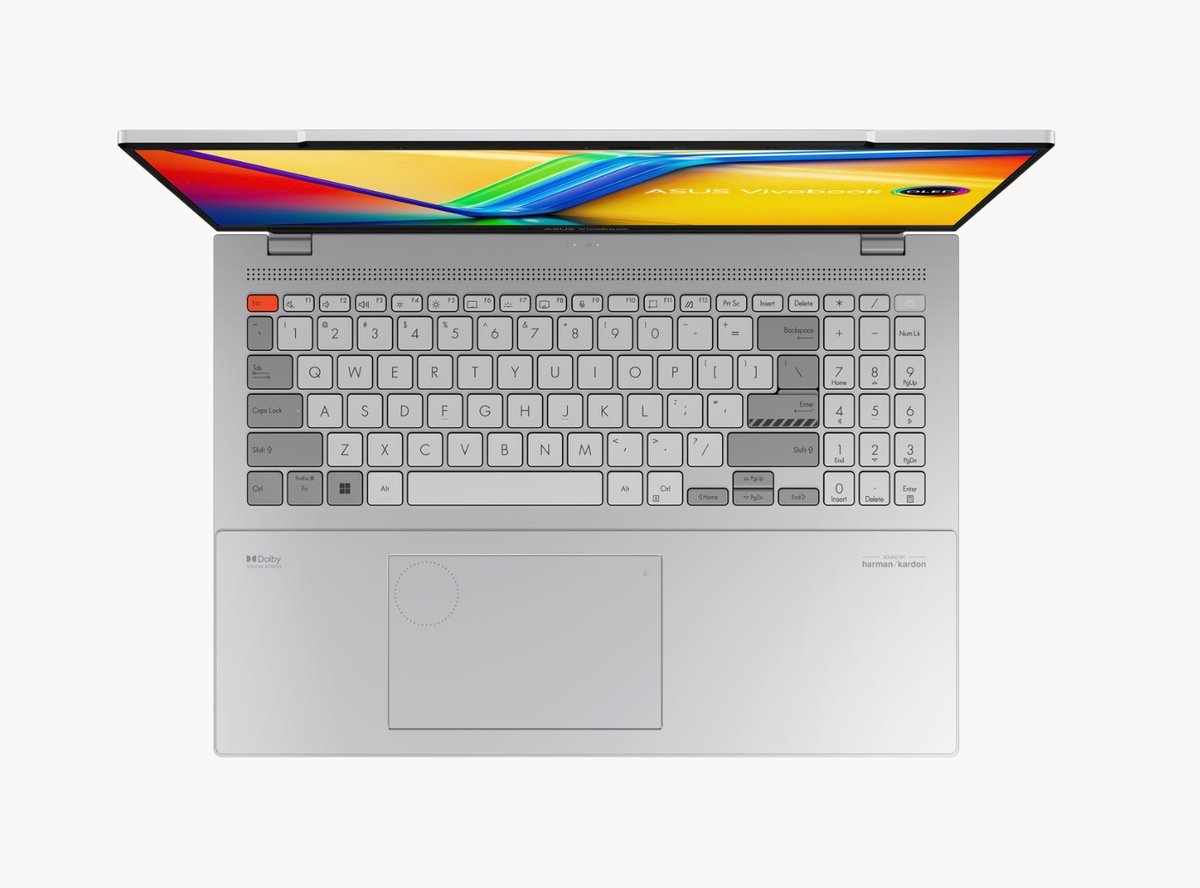
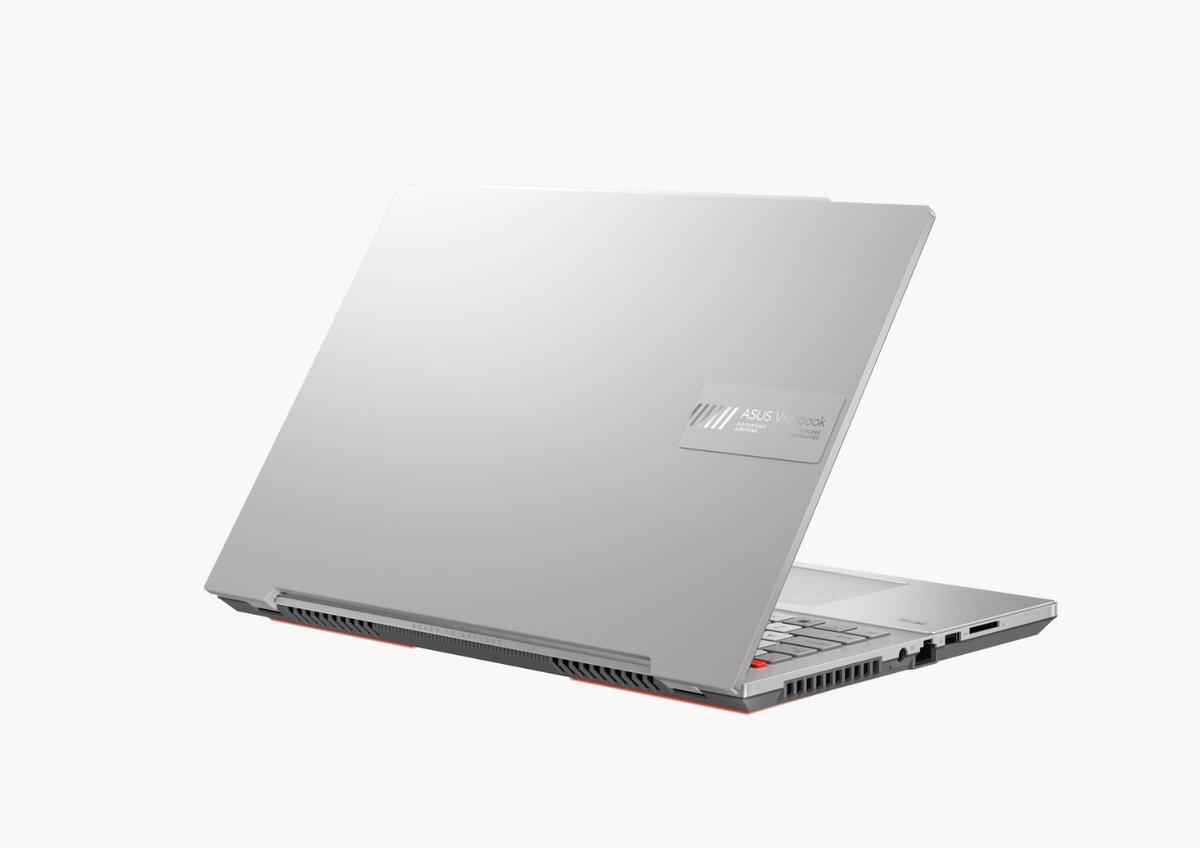
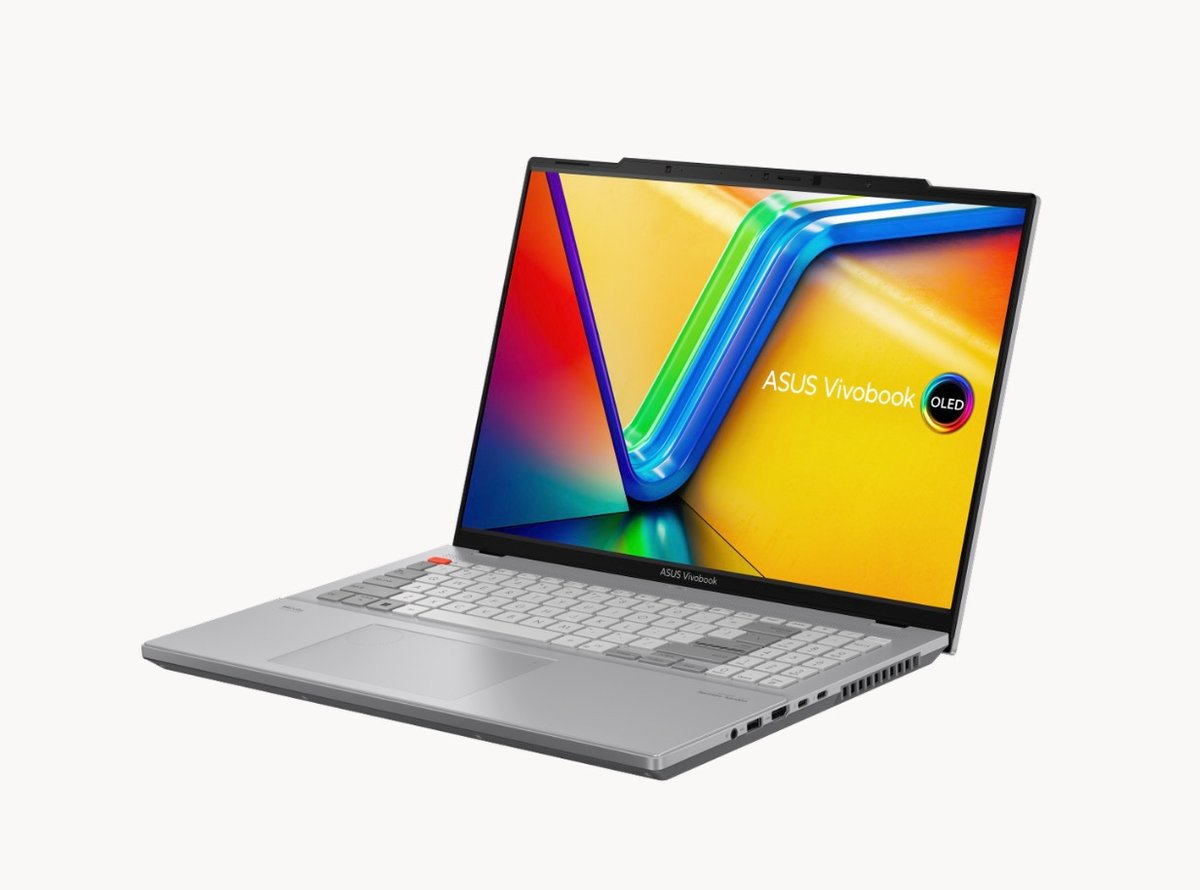
© ASUS
The ProArt StudioBook 16 3D OLED is intended for professionals wishing to get their hands on a product without real compromise. There is also up to a Core i9-13980HX, coupled with a maximum of 64 GB of DDR5 and an RTX 4070. There is also more or less the same 3.2K and 120 Hz 16-inch OLED screen, 100% DCI-P3 and 3D compatible. Here, however, the chassis is more advanced and some additions are also worth noting, such as an ESS DAC for the audio part or an ASUS Dial wheel for creative software.
The Vivobook Pro 16X 3D OLED and the ProArt StudioBook 16 3D OLED do not yet benefit from official launch dates or prices. ASUS France must come back to us later to provide us with this information.
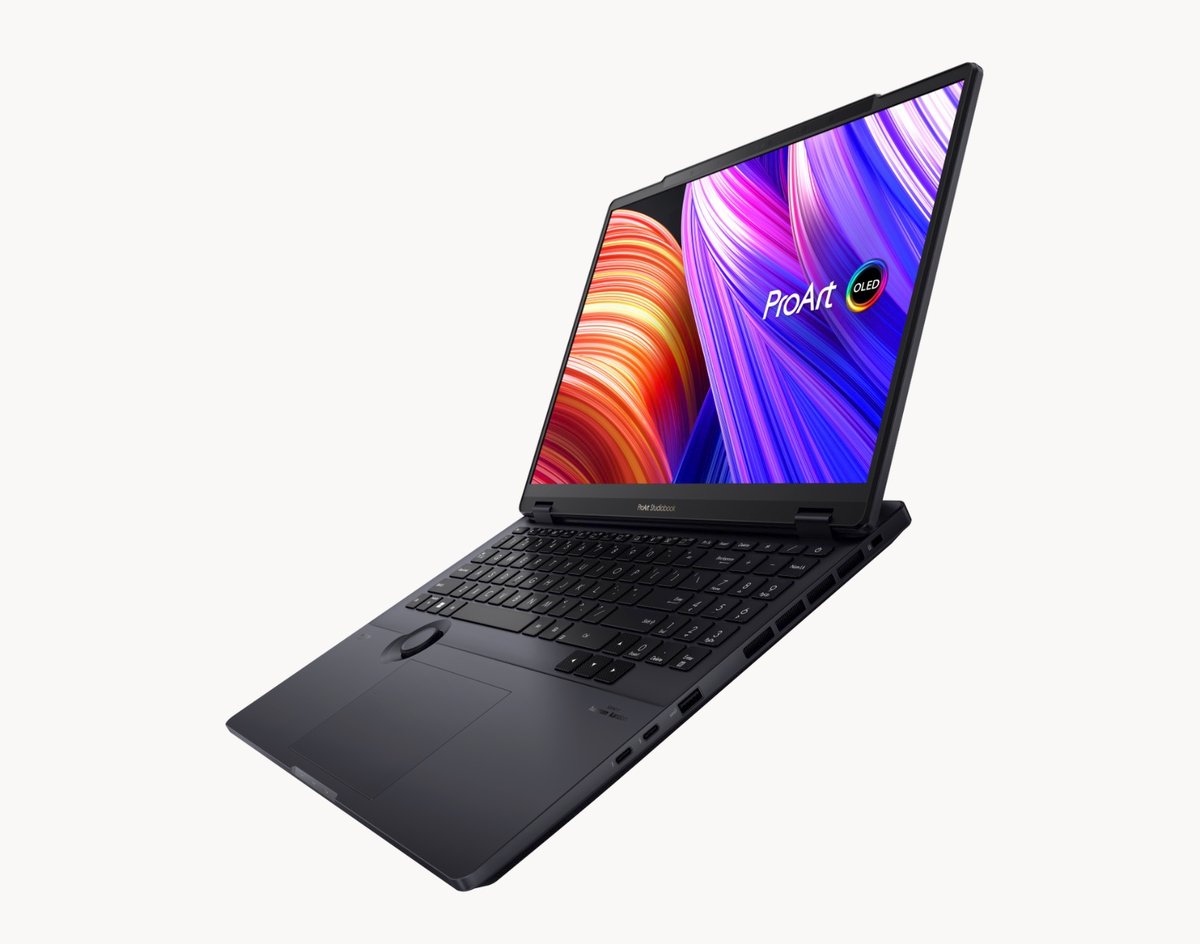


© ASUS
TUF Gaming is gaining muscle
Like every year, ASUS is finally updating its laptops for TUF Gaming gamers. Always a little more affordable than those of the ROG line, these devices are again available this year in Intel (TUF Gaming F15 & F17), or AMD (TUF Gaming A15 & A17), and in 15 and 17-inch versions. For clarity, the Intel and AMD variants share most of their specs.
The main differences come from the onboard processors, the storage capacity (up to 2 TB of SSD for the Intel models against “only” 1 TB on the AMD versions) and the absence of Thunderbolt connectors on the AMD versions, which can on the other hand count on bars of DDR5 instead of the DDR4 always installed on the Intel versions.
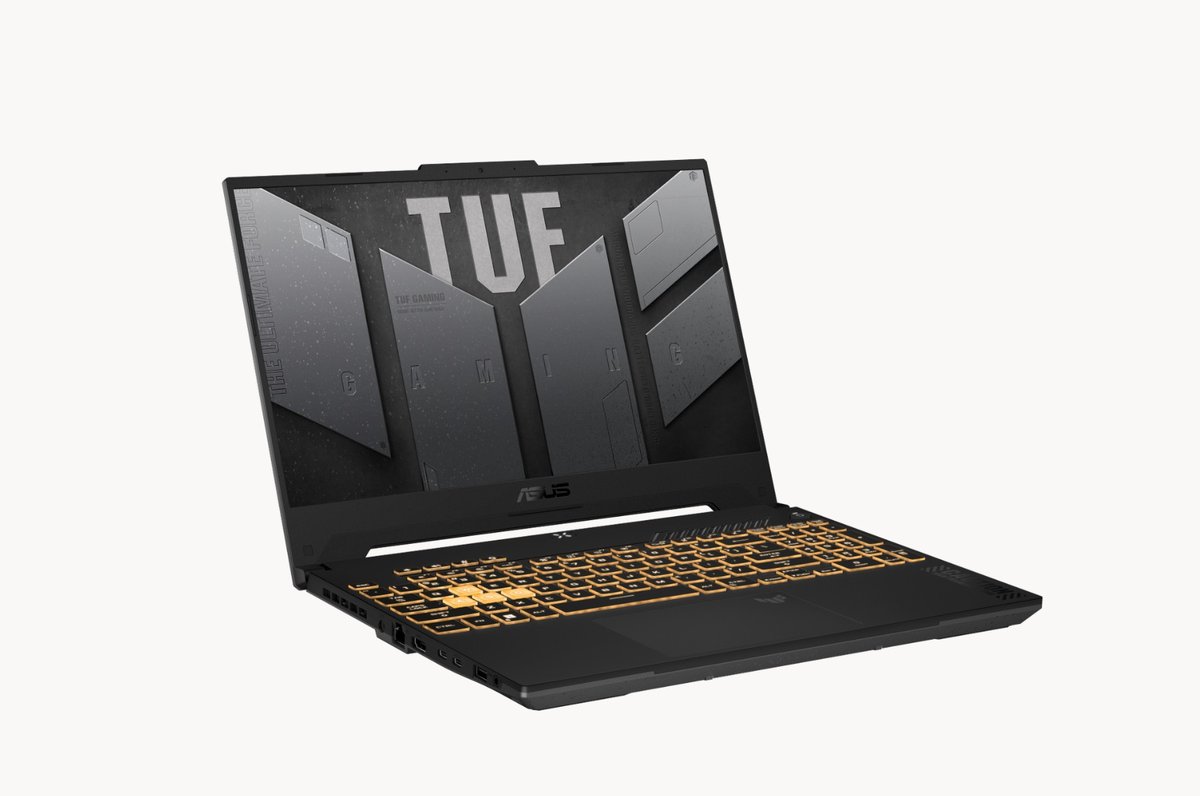
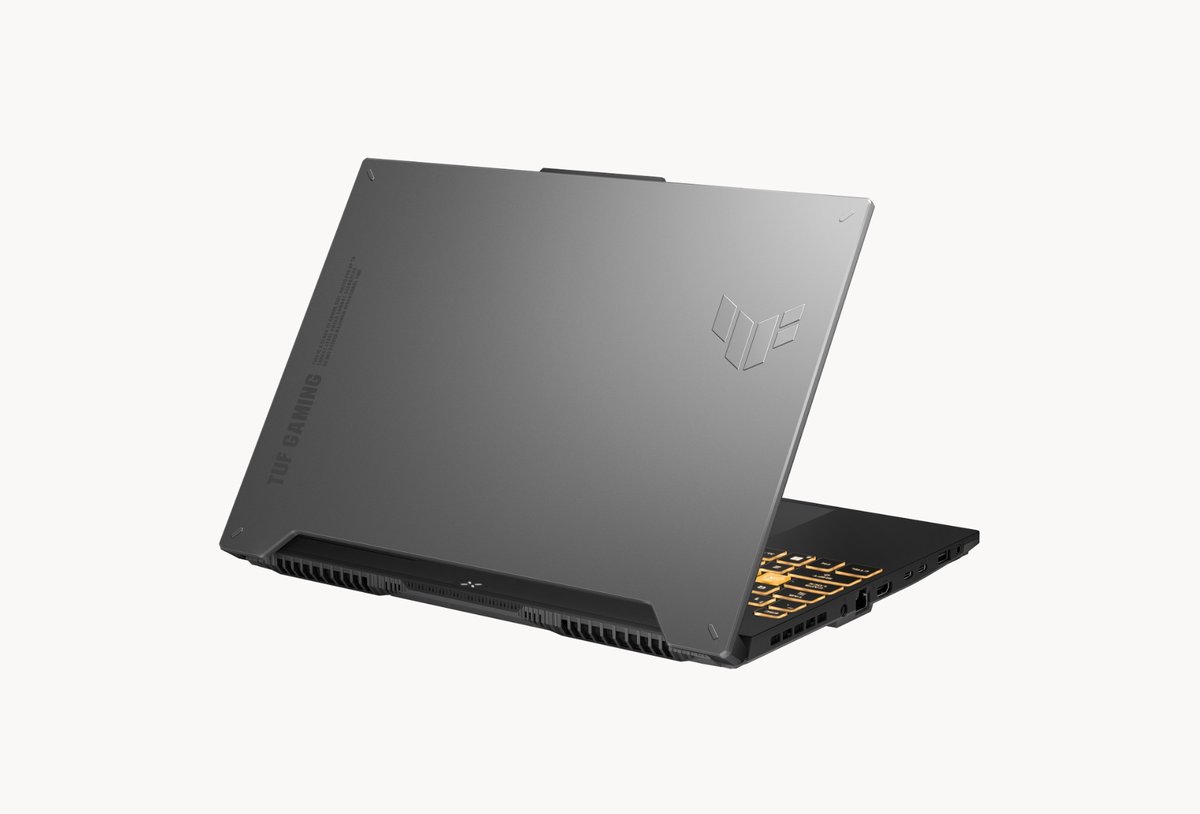
© ASUS
These clarifications being made, ASUS is currently talking about a configuration comprising up to a Core i9, 32 GB of RAM and an RTX 4000 (115 W of TGP) for Intel models. AMD models will rely on the same amount of RAM, but on a Ryzen 9 / RTX 4000 tandem for high-end configurations.
As for the display, two options are available for each diagonal. In 15 inches, we can opt for an IPS panel QHD, 165 Hz and 100% DCI-P3; or on a Full HD 144Hz, 100% sRGB IPS panel. Same approach in 17 inches, with the choice of a QHD, 240 Hz and 100% DCI-P3 IPS panel, or a Full HD, 144 Hz and 45% NTSC IPS screen, of much lower quality a priori. In any case, ASUS powers the whole thing with a 90 Wh battery, while the chassis once again mixes aluminum and plastic parts to reduce costs without sacrificing too much aesthetics.
The TUF Gaming A15 will be offered from 1,499 euros, against a starting price set at 1,599 euros for the F15 model. The TUF A17 and F17 will arrive on the market from 1,599 and 1,999 euros respectively. The four devices will finally be available in the second quarter of 2023.

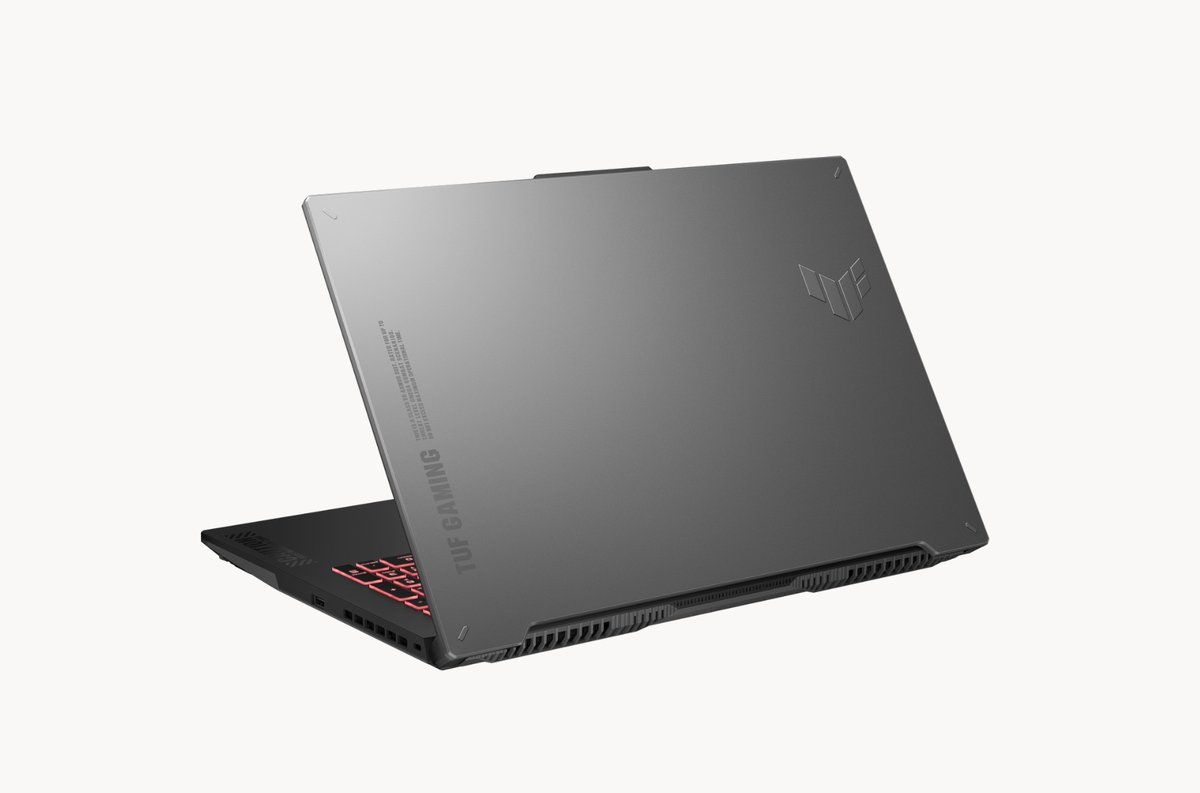
© ASUS
Sources: ASUS CES 2023 briefing, ASUS press releases

0